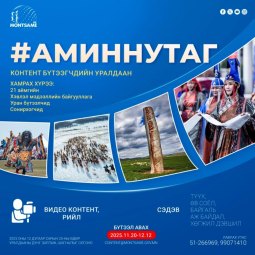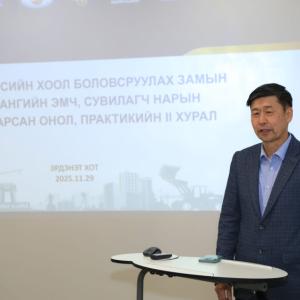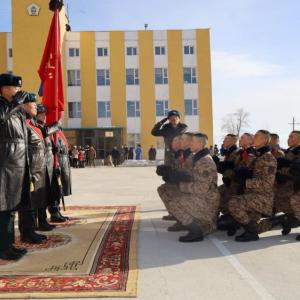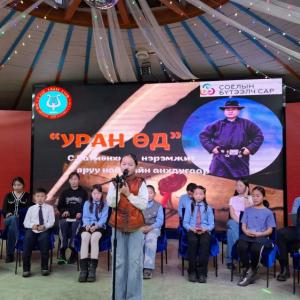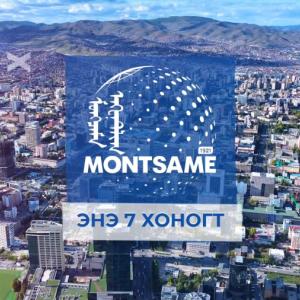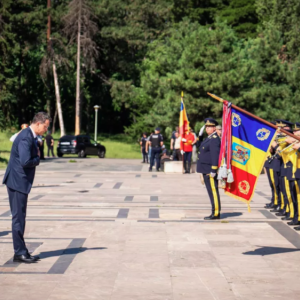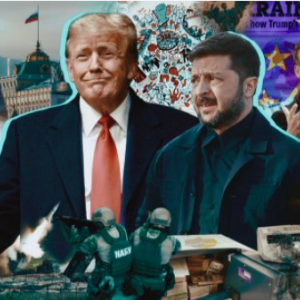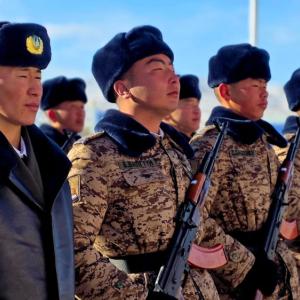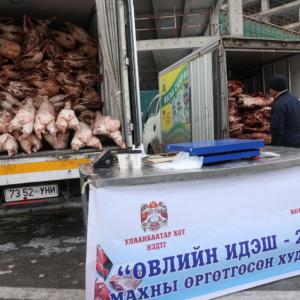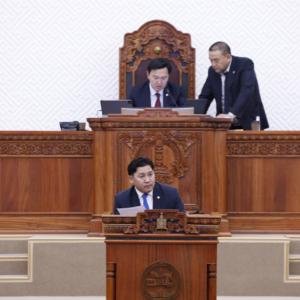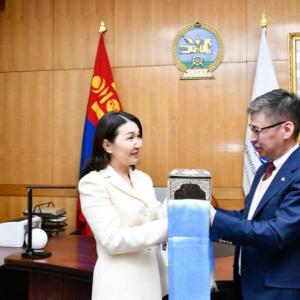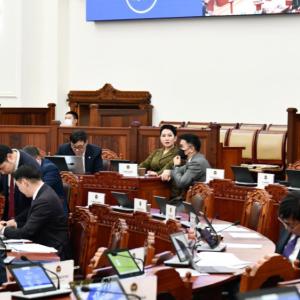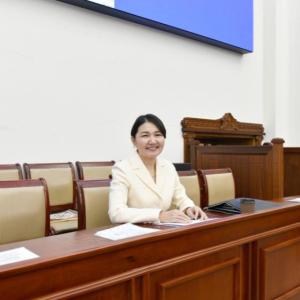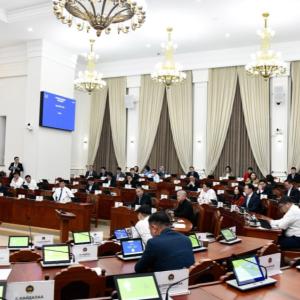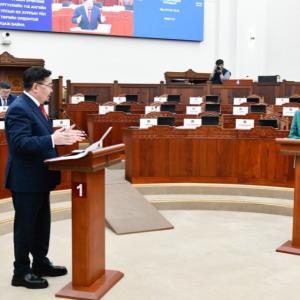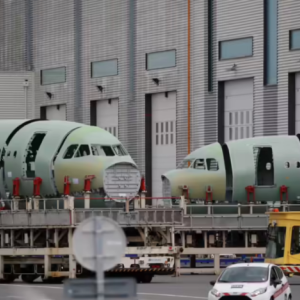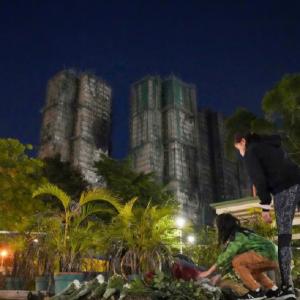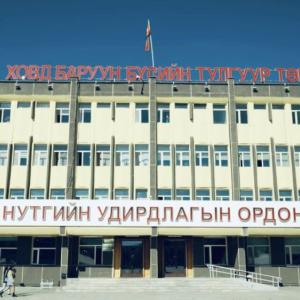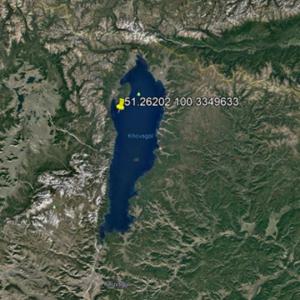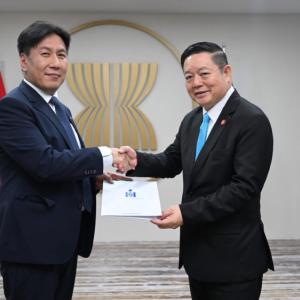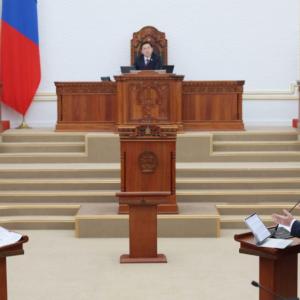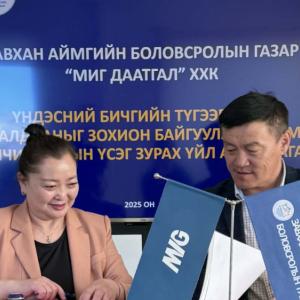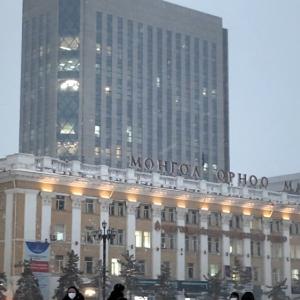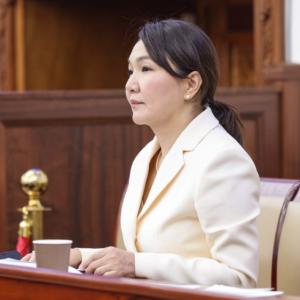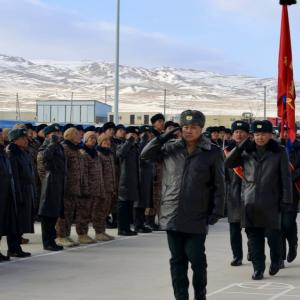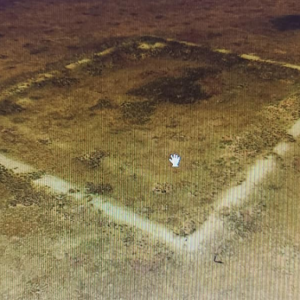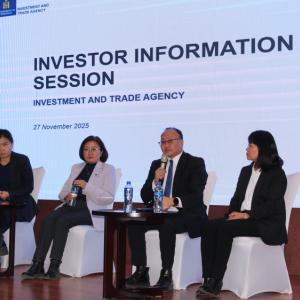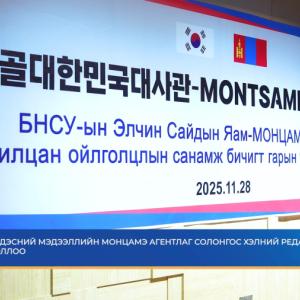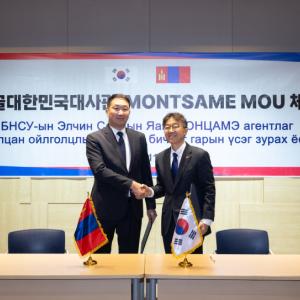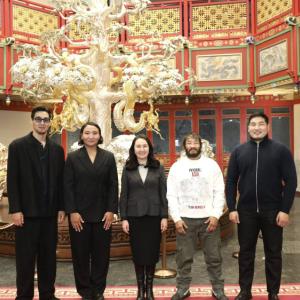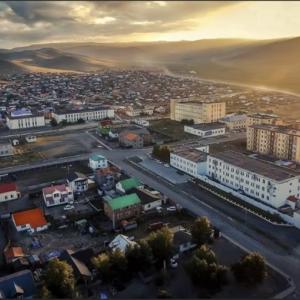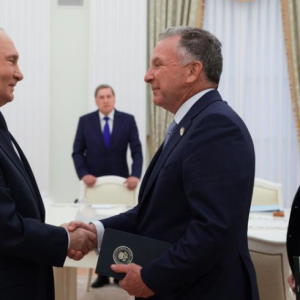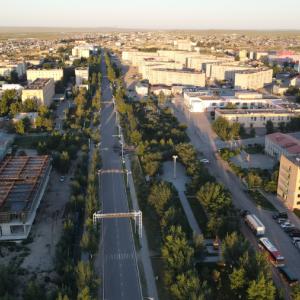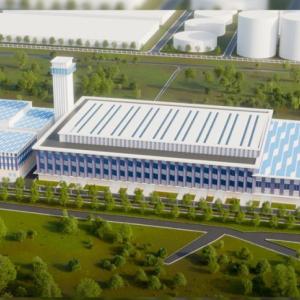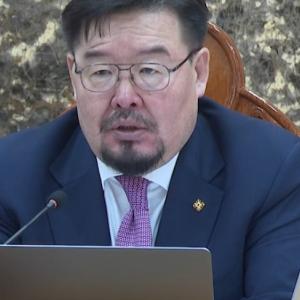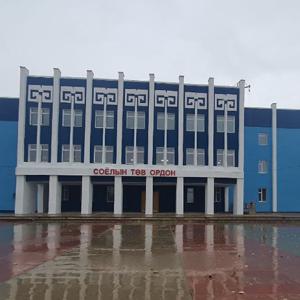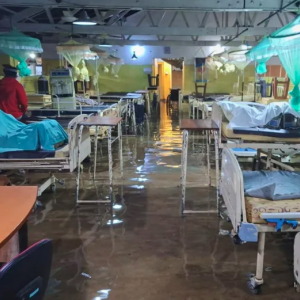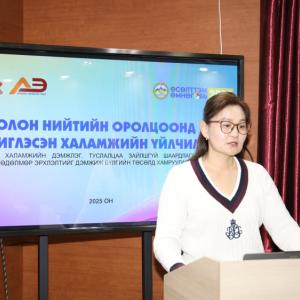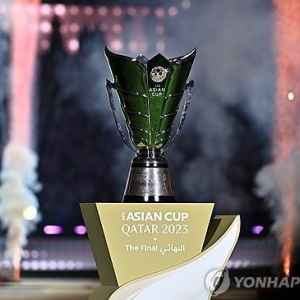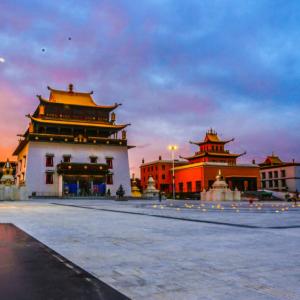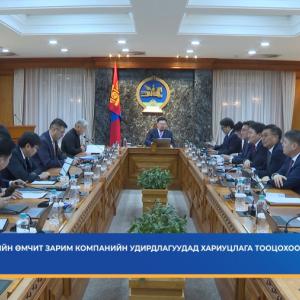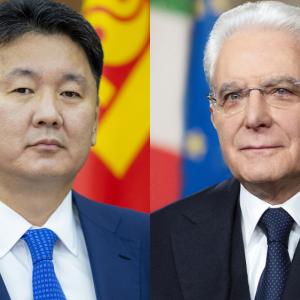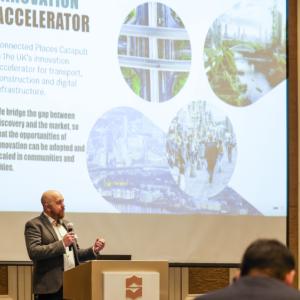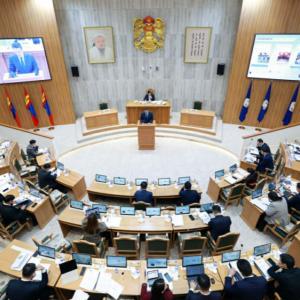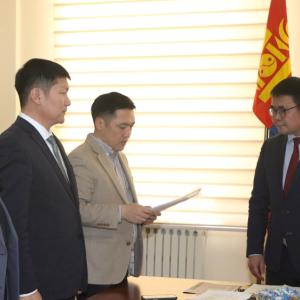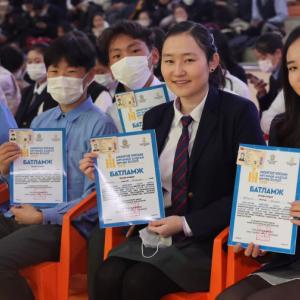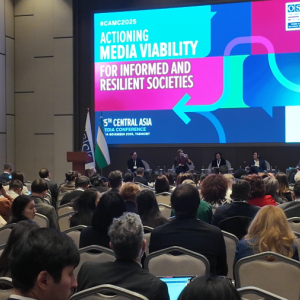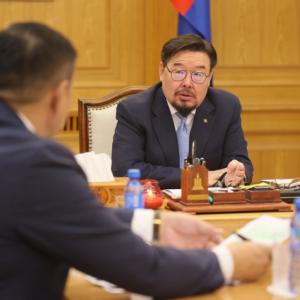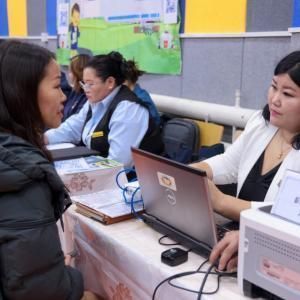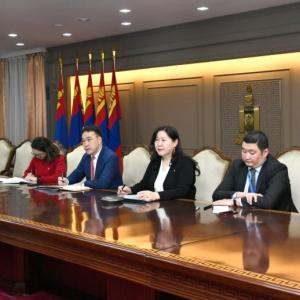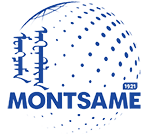Uzbekistan - Mongolia: A New Stage of Multifaceted Cooperation
Politics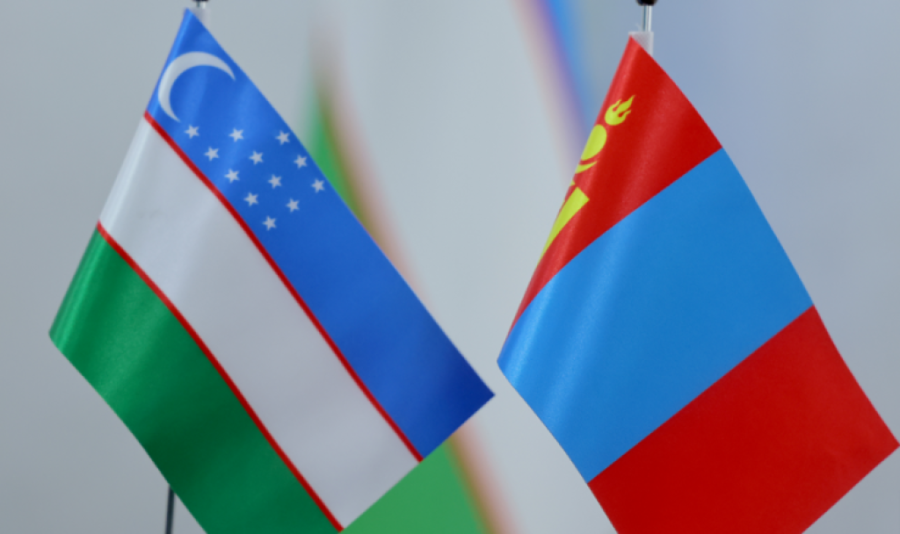
Ulaanbaatar, June 24, 2025 /MONTSAME/. Ahead of the State Visit of President of the Republic of Uzbekistan Shavkat Mirziyoyev to Mongolia, the National News Agency of Uzbekistan (UzA) published a review of the current state of Uzbek-Mongolian relations. Below is the full text of the publication by the UzA observer.
From June 24 to 25, 2025, at the invitation of the President of Mongolia Ukhnaagiin Khürelsükh, the President of the Republic of Uzbekistan Shavkat Mirziyoyev will pay the first-ever State Visit to Mongolia.
This event can rightfully be considered historic – in over thirty years of diplomatic relations between the two countries, this will be the first state visit of the Leader of Uzbekistan to Ulaanbaatar.
The upcoming visit
is a logical continuation of the dynamic political dialogue initiated in June
2024, when the President of Mongolia Ukhnaagiin Khürelsükh visited Uzbekistan.
At that time, several key agreements were reached in an atmosphere of trust and
mutual understanding, giving strong momentum to the development of multifaceted
cooperation.
Uzbekistan and
Mongolia, despite geographical distance and the absence of a shared border, are
rapidly deepening ties across diplomacy, economics, transport, culture, and
humanitarian cooperation. The opening of the Embassy of Mongolia in Tashkent,
the intensification of intergovernmental and parliamentary dialogue, the
growing interest of business communities, and the signing of 14 bilateral
agreements are clear indicators of strengthened trust and a shared commitment
to deepening the partnership.
President Shavkat Mirziyoyev’s visit to Ulaanbaatar marks the beginning of a new chapter in relations between Uzbekistan and Mongolia – a stage guided by principles of pragmatism, mutual benefit, sustainable development, and solidarity in the face of modern challenges.

Diplomatic
Foundations and Political Dialogue
Diplomatic relations
between Uzbekistan and Mongolia were established on January 25, 1992. Since
then, bilateral ties, initially developing at a measured pace, have gained
noticeable momentum in recent years, thanks to the strategic policies of
openness and good-neighborliness pursued by the leadership of both countries.
The political
dialogue at the highest level received a qualitatively new impetus in 2024,
when, for the first time since independence, the President of Mongolia paid a
state visit to Uzbekistan. This visit marked a turning point in rethinking the
potential of bilateral relations. As President Shavkat Mirziyoyev noted,
“Mongolia is our traditional and reliable partner in the Asian region, and our
relations are built on the principles of friendship, mutual respect, and
support”.
The meetings
resulted in the signing of an extensive package of 14 intergovernmental and
interagency agreements covering key areas of cooperation, from trade and
transport to science, agriculture, security, and mass media. Among them were
the Agreement on International Road Transport, a Cooperation Program in
Tourism, memoranda of understanding between the national academies of sciences
and news agencies, and a Protocol on establishing a Joint Business Council.
To ensure the
systematic advancement of these agreements, an Intergovernmental Commission at
the level of deputy prime ministers was established. Its mandate includes
overseeing the implementation of signed documents and coordinating new
initiatives.
The opening of the
Embassy of Mongolia in Tashkent in 2024 holds particular significance. Heads of
state attended the ceremony, underscoring the political will to strengthen
institutional ties.
Parliamentary diplomacy is also gaining importance. Meetings between senators of Uzbekistan and members of Mongolia’s Inter-Parliamentary Friendship Group have contributed to developing a roadmap for interregional cooperation and parliamentary oversight of intergovernmental agreements. The sides are working to transform parliamentary institutions into active participants in bilateral rapprochement. Additionally, coordination between the two countries is expanding on international and regional platforms such as the United Nations and the Shanghai Cooperation Organization, where Tashkent and Ulaanbaatar advocate for multilateral dialogue, sustainable development, and adherence to the principles of international law.
Statistics
and Trade-Economic Indicators
The significant
growth in trade turnover between Uzbekistan and Mongolia during 2022-2024
reflects the real momentum of the bilateral trade partnership:
According to
statistical reports from the State Committee of the Republic of Uzbekistan on
Statistics, in 2022, Uzbekistan’s exports amounted to $7.100 million, while
imports from Mongolia reached $2.800 million. During this period, the trade
volume between the two countries stood at $9.900 million.
In 2023,
Uzbekistan’s exports rose to $10.200 million, and imports from Mongolia reached
$3.600 million. The total trade turnover increased to $14.000 million.
In the first five months of 2024 alone, Uzbekistan’s exports reached $7.900 million, while imports from Mongolia totaled $3.100 million. The total trade turnover for this period amounted to $11.000 million.
Growth
and Structure
In 2023, trade
turnover between Uzbekistan and Mongolia reached $14 million, nearly doubling
compared to 2022. Exports amounted to $10.2 million, while imports totaled $3.6
million.
In the first five
months of 2024, trade turnover had already reached $11 million (with exports at
$7.9 million and imports at $3.1 million), indicating a continued upward trend.
Official UN sources (COMTRADE) confirm this dynamic: Uzbekistan’s exports to Mongolia reached $26.5 million in 2024, more than double the 2023 figure of approximately $10 million.
Export and Import Structure
Uzbekistan’s exports
to Mongolia primarily consist of:
- Food products (including vegetables, fruits, and
other foodstuffs);
- Goods from the light industry and automotive
sector (including Chevrolet vehicles);
- Textiles and agricultural products.
Mongolia’s imports to Uzbekistan include:
- Livestock, meat, hides, and wool;
- Mineral and agricultural products.
According to 2023
data, Mongolia exported sheep and lamb meat to Uzbekistan worth approximately
$4.6 million. In turn, Uzbekistan exported goods valued at $5.4 million to
Mongolia, including grapes, fruits, food products, refrigeration and freezing
equipment, and cargo vehicles.
Economic
Cooperation and Business
Uzbekistan and
Mongolia are steadily expanding the scope of their economic cooperation,
demonstrating growing interest in jointly implementing mutually beneficial
projects in strategic sectors. Over the past two years, special emphasis has
been placed on the agricultural sector, light industry, pharmaceuticals,
transport, and information and communication technologies.
One notable
development was the beginning of small livestock exports from Mongolia to
Uzbekistan. In January 2024, the first shipments were made, delivering over
1,400 sheep. In total, up to 100,000 head are planned for import. The animals
are being sent to specialized farms in Navoi region, where breeding will be
carried out in accordance with modern veterinary and genetic standards. At the
same time, the two sides are working on establishing integrated livestock and
meat processing clusters, including facilities for the production of
halal-certified products and the advanced processing of wool and hides, in line
with the requirements of export markets in the Middle East and Southeast Asia.
Particular attention
is warranted by the opening in 2024 of an official Chevrolet dealership in
Ulaanbaatar, where vehicles manufactured in Uzbekistan are now being showcased.
The first model – the Chevrolet Cobalt – has already been delivered to a customer.
This milestone marks both the expansion of Uzbek automotive exports and the
growing interest of the Mongolian market in competitive and affordable
vehicles.
Against the backdrop of this growing industrial partnership, joint projects in the pharmaceutical sector are also gaining momentum. The two sides are exploring opportunities to supply Uzbek-made pharmaceuticals to Mongolia and establish joint production facilities. Plans are also being discussed for creating a diagnostic center in Tashkent with Mongolian participation.
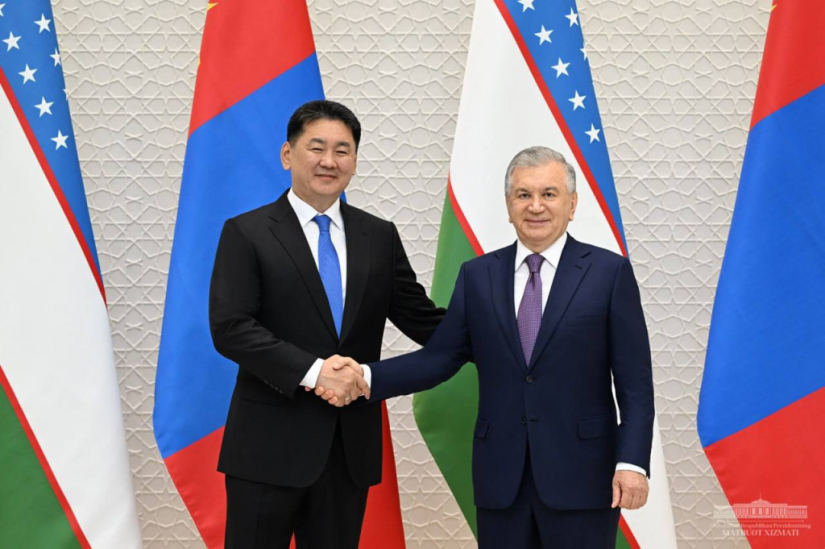
Prospects in
construction materials, information technology, and the textile industry are
equally promising. Several Mongolian companies have expressed readiness to
invest in joint projects for basalt extraction and processing, digital
solutions, and producing finished textile goods based on Uzbek raw materials.
A significant
impetus for business cooperation was provided by the Uzbekistan – Mongolia
Business Forum held in Samarkand in 2024, followed by a similar event in
Tashkent in June 2025, which brought together more than 150 companies. During
B2B and G2B meetings, agreements were reached on joint construction, mechanical
engineering, the food industry, and logistics projects. In the coming months,
industrial exhibitions are planned in the capitals of both countries, along
with the reciprocal opening of trade houses.
These initiatives
are supported by the established Joint Business Council and the provisions of
the agreements on mutual investment protection and tax regulation, which are
expected to be signed by the end of the year. These measures aim to create a
favorable and predictable business environment for investors from both nations.
Transport
and Logistics
The transport and
logistics sector has been one of the key areas of expanding cooperation between
Uzbekistan and Mongolia over the past two years. Given the geographical
distance between the two countries, flexible and strategically sound solutions
are required, and both sides are now purposefully building an infrastructural
link capable of ensuring sustainable communication channels.
In June 2024, during
the state visit of the President of Mongolia Ukhnaagiin Khürelsükh to Tashkent,
two fundamental documents were signed: the Intergovernmental Agreement on
International Road Transport and the Intergovernmental Agreement on Air Communication.
These agreements provide a legal framework for launching regular transport
services and facilitating transit between the countries.
The parties agreed
to launch a direct air route between Tashkent and Ulaanbaatar, becoming the
first regular air link between Uzbekistan and Mongolia. According to
preliminary plans, the flight will be operated by Hunnu Air in cooperation with
Uzbek aviation entities starting in September 2025. This will significantly
reduce travel time between the capitals and stimulate business, tourism, and
humanitarian exchanges.
Simultaneously, road
connectivity, particularly in freight transportation, is actively developing.
In 2024, Uzbekistan and Mongolia doubled the permits for international transit,
agreed to implement the E-Permit electronic system, and began developing a pilot
route through China and Kyrgyzstan. This route is designed to enable multimodal
transport operations with minimal transit costs. The project aims to establish
an alternative trade and logistics corridor that connects Mongolia with Central
Asia, bypassing the heavily congested routes of East Asia.
A significant
achievement has been the launch of deliveries of Uzbek-made UzAuto vehicles to
Mongolia. The first batch was delivered to Ulaanbaatar in 2024, and the project
became viable thanks to an optimized logistics route through China. This
reflects Uzbekistan’s broader strategy of expanding its automotive exports into
East Asian markets.
Cultural
and Humanitarian Cooperation
The development of
cultural ties between Uzbekistan and Mongolia has become an integral component
of the broader course toward deepening a comprehensive partnership. In
2024-2025, the humanitarian dimension acquired a dynamic and meaningful
character, enriching the political and economic dialogue with an atmosphere of
trust and mutual respect.
A highlight of this
cooperation was the organization of cross-cultural days held in the capitals of
both countries. These events featured exhibitions, concerts, film screenings,
and joint folk art festivals showcasing the Uzbek and Mongolian peoples’ rich
historical and cultural heritage.
One particularly
memorable performance was that of the Mongolian State Morin Khuur Orchestra in
Tashkent in 2024. This ensemble, representing the spirit of the nomadic culture
of Central Asia, became a symbol of spiritual closeness and openness between the
two nations.
In addition to
cultural programs, youth and sports exchanges are actively developing.
Delegations from sports federations conducted mutual visits, friendly matches
were organized, and joint training sessions took place. As part of a bilateral
agreement, the two sides are discussing the creation of a Youth Initiatives
Center and organizing regular youth camps involving schoolchildren and students
from both countries.
Expanding
cooperation in education has become one of the key priorities. The parties
agreed to resume the provision of scholarships for Mongolian students in
Uzbekistan universities, including Tashkent State University of Economics,
Urgench University, and medical institutions. Uzbekistan has expressed its
readiness to increase the number of quotas for Mongolian citizens under the
framework of bilateral academic exchange.
Additional momentum
was provided by the agreements between the national academies of science,
signed during the 2024 visit of the President of Mongolia. A joint
archaeological research program is being implemented, and exchanges of scholars
and trainees between universities and research centers are planned. Support was
also extended to a joint project dedicated to studying the heritage of the
Great Silk Road in Central Asia, including the participation of Mongolian
experts in Uzbek expeditions to Karakalpakstan and Samarkand region.
Healthcare
and Humanitarian Initiatives
A new area of
bilateral cooperation has emerged in the healthcare sector. Under agreements
reached in 2024, plans were announced to open a branch of the Mongolian Medical
Center in Tashkent. This project aims to introduce advanced medical
technologies and foster clinical collaboration in diagnostics and preventive
medicine.
Joint pharmaceutical
initiatives are also developing. The Mongolian side has shown interest in
procuring Uzbek pharmaceutical products and establishing joint production
facilities in Uzbekistan. Consultations between relevant agencies on mutual
recognition of medical certificates and simplifying pharmaceutical registration
procedures are ongoing.
Special attention
within the humanitarian agenda is devoted to environmental cooperation.
Uzbekistan and Mongolia have initiated the coordination of programs to combat
desertification and climate change. The two countries are exploring the
integration of Uzbekistan’s “Billion Trees” initiative with Mongolia’s “Green
Space” program. This includes joint planting of green belts in arid regions,
exchanging best practices on reforestation, and implementing water-saving
technologies.
Geopolitical
and Regional Context
As a landlocked
country between Russia and China, Mongolia is intensifying its engagement with
the Central Asian states, viewing the region as a promising vector of its
foreign policy. This growing closeness opens up new opportunities for enhancing
transport connectivity, fostering energy cooperation, sharing experience in
sustainable development, and strengthening regional stability.
Despite the absence of a shared border, Uzbekistan and Mongolia demonstrate similar approaches to ensuring peace, promoting socio-economic reforms, and shaping a multi-vector foreign policy. Both countries strive to diversify their partnerships and actively participate in regional platforms amid global transformations. In particular, Mongolia’s interest in the “Central Asia+” format and its readiness for institutional cooperation with organizations such as the Shanghai Cooperation Organization (SCO) and the Organization of Turkic States confirm its course toward closer integration with the region.
Special attention is
given to developing multimodal transport routes, including using Uzbekistan’s
logistical potential to facilitate Mongolia’s access to South and Central Asia
markets. Furthermore, cooperation in environmental sustainability, particularly
through the synergy of the “Billion Trees” initiative and the “Green Space”
program, strengthens a shared regional approach to climate challenges.
Conclusion
The development of
relations between Uzbekistan and Mongolia over the past two years illustrates a
shift from isolated contacts to a systemic and multifaceted partnership. A
trust-based political dialogue, the launch of joint economic projects, the
expansion of humanitarian exchanges, and the strengthening of transport
infrastructure lay the groundwork for sustainable and long-term cooperation.
The state visit of
the President of Mongolia to Tashkent in 2024 marked a historic milestone,
setting a new level for the bilateral agenda. The upcoming visit of the
President of the Republic of Uzbekistan to Ulaanbaatar in June 2025 is expected
to build upon this positive momentum, with a focus on the implementation of
previously reached agreements and the launch of long-term programs.
The emerging model
of relations, based on mutual respect, pragmatism, and a commitment to
sustainable development, serves the interests of both countries. In the context
of strengthening regional cooperation, Uzbekistan and Mongolia are laying the
foundations for a comprehensive strategic partnership oriented toward the
future. This partnership can potentially play a significant role not only
bilaterally, but also in creating new growth points across Central and East
Asia.
Abduaziz
Khidirov, UzA
 Улаанбаатар
Улаанбаатар





